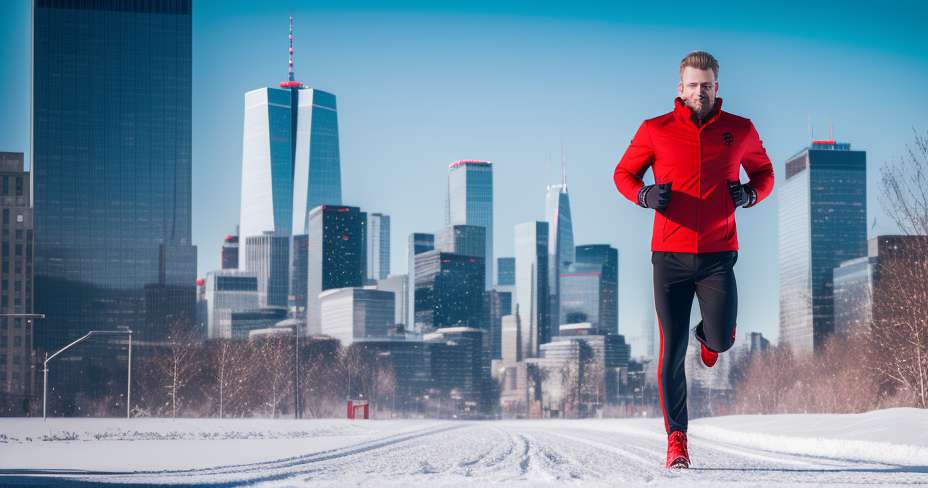Psychological effects after an earthquake
April 2024

The local climate affects the level of exercise performed by Americans and their risk of obesity , a new study suggests.
Researchers found that adults living in counties where the summers are hot are less active physically and are more likely to be obese , especially if the summers are also wet or rainy.
You may also be interested: 5 tips for running cold
Adults also do less exercise and are more likely to be obese in counties where winters are very cold, according to researchers at the University of Texas, in Austin.
They point out that their findings, published in the journal American Journal of Public Health , help explain why people in certain regions of the United States are more likely to be obese than those in other areas.
Many of the counties with the lowest exercise levels and the highest obesity rates are in the Southeast, where the summers are hot and humid, and many of the counties with the highest levels of exercise and the lowest obesity rates are west of the mountains, where summers are cold and dry, the researchers said.
"I live in Texas, and the results really make sense to me," says the study's co-author, Paul von Hippel, assistant professor at the School of Public Affairs.
"Here, in June or July, it starts to be difficult to think about going out to run (or even walking at a brisk pace) after work, which is the hottest time of the day." A strategy to stay active during the summer is needed Are you going to get up early in the morning, which is the coolest time of the day? Are you going to swim? Or are you going to do something indoors, like playing basketball or ice skating or just walking on the treadmill? ? "
Urban planners who want to encourage physical activity should have the local climate in mind.
"Some planners think about this aspect more carefully than others," said von Hippel. "A great example of thoughtful planning is the path to walk and cycle along Lady Bird Lake in Austin, Texas, which gives shade, is close to the water and attracts thousands of walkers, runners and cyclists. on the hottest days of summer. "
The impact of local climate on obesity remained the same even after researchers controlled other aspects, such as urban sprawl, population characteristics, parks, stores and restaurants.
"In a way, the importance of climate is obvious, but we observed other 'obvious' things and they did not hold up," says von Hippel.
"For example, we knew that people in Colorado were exceptionally thin and active, so we expected to see that mountainous places encourage people to exercise physically, but it turns out that the terrain does not matter much for activity or obesity. mountainous, like Colorado, people are very active, but in others, like in West Virginia, they are not. "